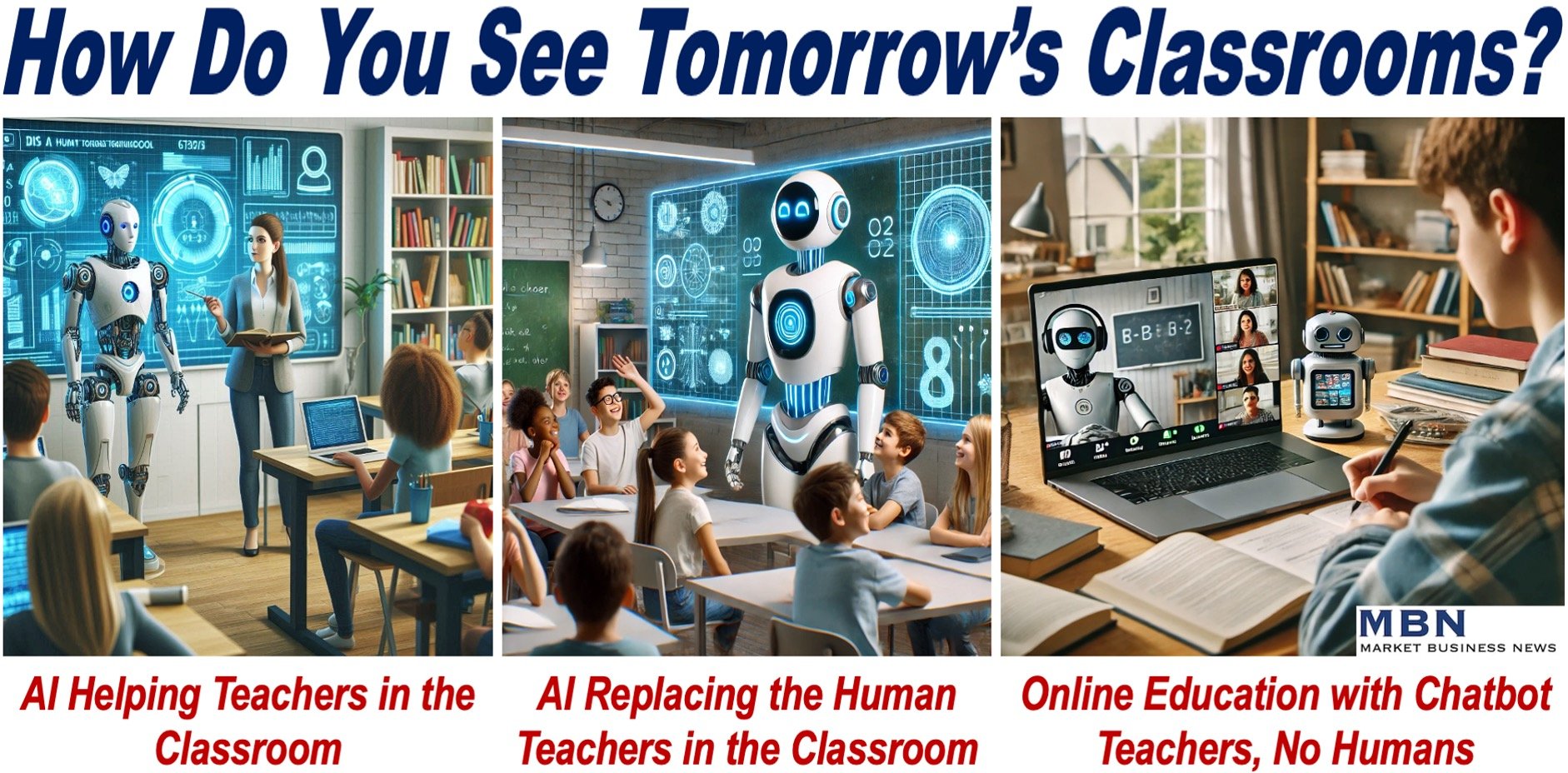Artificial Intelligence (AI) is making waves in various sectors, and education is no exception.
A recent Harvard University study revealed that students learned more efficiently with AI tutors than through traditional lectures, sparking debate over the role of AI in classrooms.
However, while *AI can enhance learning experiences, experts agree that it should supplement, not replace, the invaluable role of human teachers.
* AI (artificial intelligence) refers to software that can make computers, robots, and other smart machines think and behave like human beings.
AI Tutors Boost Learning Efficiency
The study conducted by Harvard University researchers showed that students using AI tutors learned twice as much as those who attended traditional lectures.
According to Forbes, the lead co-author of the study, Gregory Kestin, explained the motivation behind their research, saying, “This research was necessary to test the viability of AI tutors in enhancing learning outcomes and to push the boundaries of current educational models.”
This breakthrough suggests that AI may significantly improve learning efficiency by offering personalized, adaptive learning experiences.
Kelly Miller, another co-author, emphasized that active learning is the key to success with AI tutors. “If we wish to learn while using AI tutors, we need to be actively engaged,” she wrote, highlighting that AI tutors based on well-structured, research-backed pedagogical principles can outshine traditional methods .

The Study: How AI Tutors Work
Harvard’s study involved 194 undergraduate physics students, divided into two groups.
The first group learned with an AI tutor, while the second received traditional instructor-led lectures. A week later, the groups switched learning methods.
The results were striking—students using the AI tutor learned more effectively in a shorter amount of time, with no direct correlation between time spent and performance.
Kestin noted, “The magnitude of learning gains achieved in a shorter time with AI tutoring was unexpected.”
The AI tutor’s ability to adapt to individual learning paces and provide instant feedback allowed students to focus more on challenging topics and skip over familiar concepts.
This personalized approach enhanced overall comprehension and retention without additional time spent on task.
AI Is a Supplement, not a Replacement
Despite these impressive results, the study’s authors were clear that AI tutors should complement, not replace, human teachers.
Kestin cautioned, “This research is not a call to replace real-world teachers and in-classroom learning with AI tutors.”
While AI can help manage administrative tasks and give personalized attention to each student, it lacks the human empathy, adaptability, and moral guidance that teachers provide.
NSW’s AI Tool for Teachers
Across the globe, educational systems are adopting AI to ease teacher workloads rather than replace them.
In New South Wales, Australia, the introduction of the NSWEduChat tool aims to assist teachers by saving time on creating lesson plans and student resources.
EducationHQ quoted Education Minister Prue Car emphasized that this AI tool “helps them save time, tailor their resources, and focus on their critical work in the classroom.”
This highlights AI’s potential as a supportive resource, giving teachers more time to engage directly with students.
Final Thoughts
AI is revolutionizing education by personalizing learning and easing the administrative load on teachers.
However, both experts and educators agree that AI is no substitute for the human element that teachers bring into the classroom.
In an EdWeek article, Sarah Cooper, an 8th-grade teacher, wisely observed, “AI is a valuable tool that should be used responsibly.”
